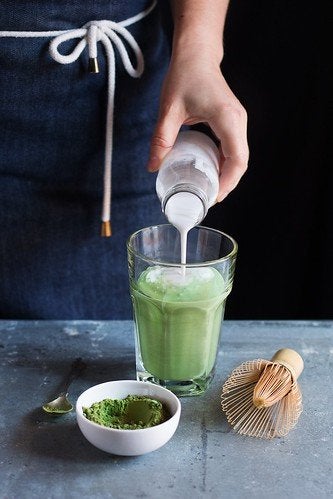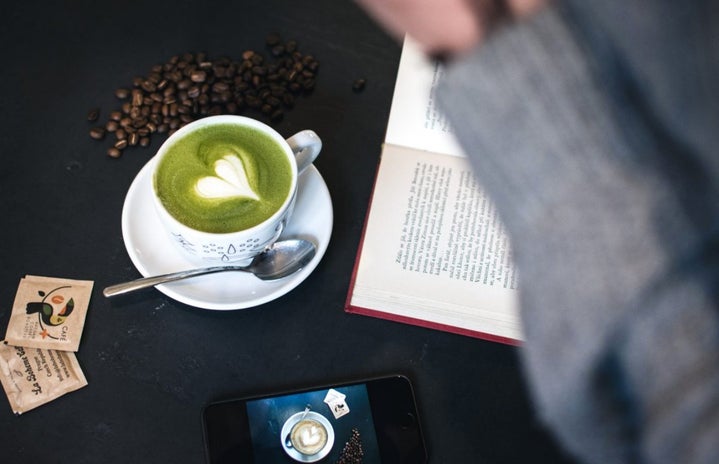As you may know, matcha has become the new superfood trend that everyone’s raving about. This is not only because of its unique and rich taste but its amazing health benefits and versatility making it a major contender to coffee.
Although matcha has been around for over 700 years, we’ve only begun to see wide spread popularity of the drink within the last few years. You can now find matcha in any big city in the U.S., including New York, Los Angeles, San Francisco and San Diego.
Matcha is a type of green tea made from young tea leaves that are steamed, dried, and finely ground into a bright green powder. The plants are kept in deep shade for the last three weeks before their harvest which allows them to produce more chlorophyll.
The shading process preserves matcha’s bright green color, rich flavor, and maximizes the nutritional qualities of the tea. These nutritional values include more antioxidants, amino acids, and minerals than regular green tea.
Matcha tea dates back to 12th century Japan when monks used it to stay focused during long hours of meditation. These monks also discovered the various health benefits it provides.
The compound existing in matcha known as epigallocatechin gallate (EGCG) has been said to reduce inflammation, protect the heart and the brain from disease, and naturally lower cholesterol levels. In comparison, coffee can actually raise LDL or “bad” cholesterol, which leads to higher chances of health problems like a heart attack or stroke. Additionally, matcha has a high concentration of the amino acid L-theanine and theophylline, which is the main source of caffeine. These compounds reduce stress and produce a state of relaxed alertness. Unlike coffee, where you get a jittery rush then crash after, the caffeine in matcha gives you a steady flow of energy that releases over 4 to 5 hours.

Matcha is also a natural detoxifier and gives your body a metabolic boost that helps create enzymes that support fat burning. This cleaner source of energy has a virtually neutral PH balance, which helps digest foods faster; not to mention, the tea promotes healthy skin and teeth. Its antibacterial properties help cleanse your gums and teeth and won’t leave you with bad breath like coffee does. It also protects your skin from free radicals, leaving you with a natural radiant glow.
With the popularity of matcha’s health benefits, it’s no surprise we’ve seen many companies placing significant emphasis on tea. For example, Starbucks teamed up with Teavana, which sources them with all types of tea, including matcha. Other chains like The Coffee Bean & Tea Leaf, Philz, Peets and Dunkin’ Donuts are also debuting variations of matcha lattes and ice blended drinks. Furthermore, lots of smaller niche cafes around the globe have been making efforts to raise awareness of this healthier alternative to coffee. These matcha-centered cafes are seeing huge support from their communities, fueling this trend’s growth.
Matcha has definitely become “cool” and more accepted now, and it seems like this trend won’t be dying anytime soon. There’s no denying that this product is a good, clean source of energy and is the perfect alternative to coffee you may not know you needed. It’s time to dive into the matcha ritual and join this culture that’s welcoming you with open arms.



